If you’ve been in the market for a new vehicle recently you’re well aware of how prices have skyrocketed, average transaction prices — what shoppers actually paid before driving off the dealer lot — reaching an all-time high of more $48,500 last December. But have prices finally started settling back? Might consumers finally find some bargains? Headlight.News parses the numbers.
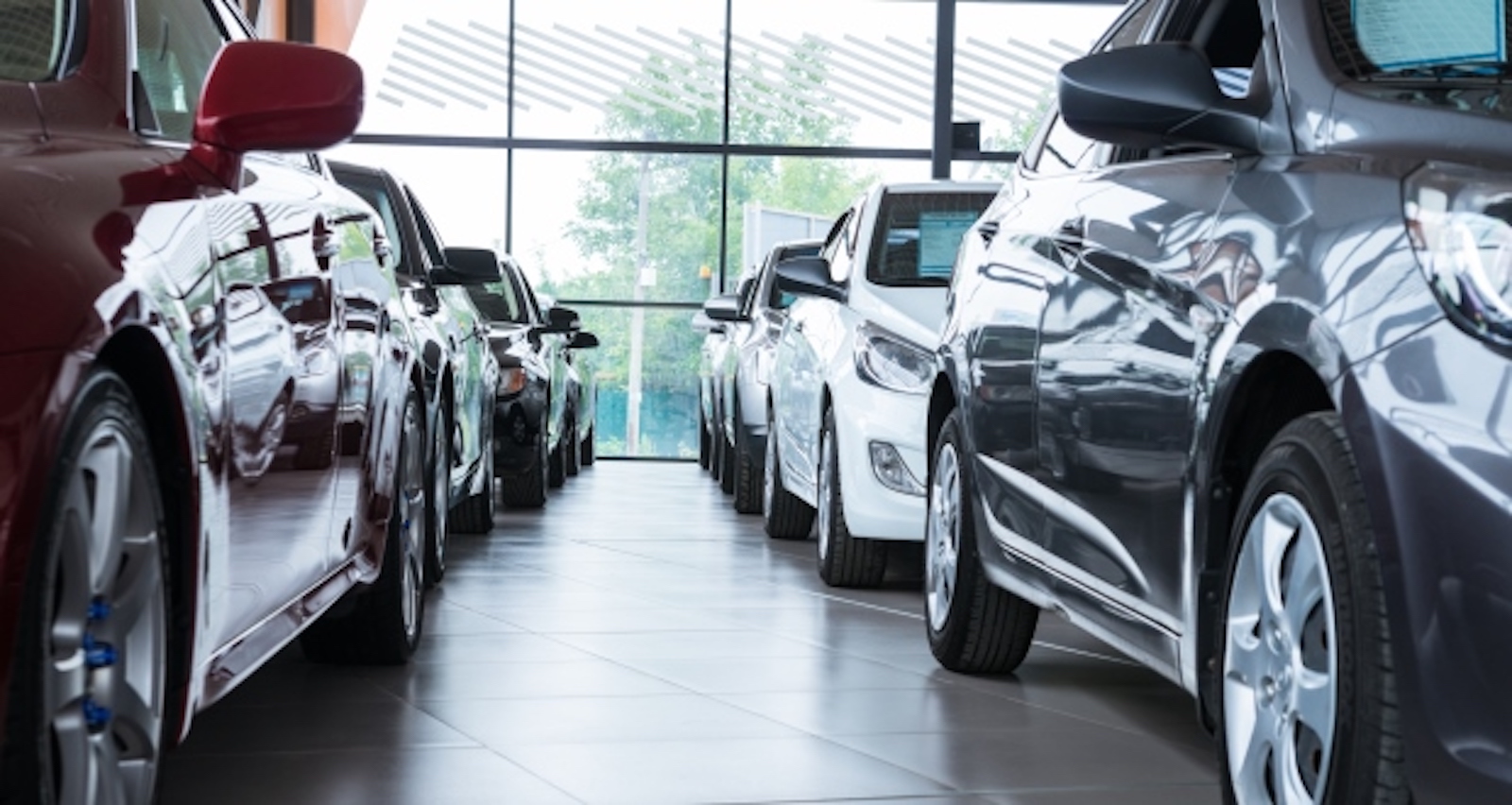
The average price of a new vehicle is finally beginning to fall after years, not months, of increases due to a variety of factories. Will it last?
“Nothing can be said to be certain, except death and taxes,” said Benjamin Franklin. Current consumers would likely add one more certainty: inflation.
Nowhere has that been more apparent than in the automotive market where new vehicle prices have surged by more than a third during the past eight years, reaching an all-time record average of more than $48,500 last December.
But the numbers have settled a bit since then, raising the question of whether the worst is over? With some automakers even ramping up low-interest loans and other incentives again, shoppers may even find a few bargains, according to the latest industry data.
“We’re not seeing the huge prices increases, and people paying over sticker,” this year, said Jessica Caldwell, head of insights at data tracking service Edmunds.com. “This is definitely good news for consumers,” she added, but “the downside is we’re continuing to see rising interest rates.”
COVID and semiconductor shortages take their toll
When Henry Ford fired up the first automotive assembly line he was able to drop the price for the Model T from $825 to $575. While there’ve been a few times when auto prices have fallen — typically during financial downturns like the Great Depression and the more recent Great Recession — the trend line has been ever upward.
A variety of factors have come into play, starting with the addition of costly new features, everything from airbags to seat heaters to touchscreen infotainment systems. But automotive inflation has set one new record after another over the last few years and two factors get much of the blame: COVID-related plant shutdowns and production disruptions caused by the semiconductor shortage.
Together, they led to a collapse of dealer stocks. Through much of 2021 and 2022, showroom inventories fell to barely a third of their 3 million norm, according to J.D. Power. And rather than bargaining, many retailers began saddling customers with mark ups that could run $5,000 or more for popular products such as the Kia Telluride SUV.
One record after another
Go back to January 2016 and the average transaction price — what buyers actually paid after factoring in discounts and options — was a then-record $33,618, according to Edmunds data. By April 2020, when COVID began forcing automakers to temporarily close plants, ATPs jumped to $39,242.
With rebates and other sales incentives all but gone by the end of 2020, automotive pricing accelerated at a pace never seen before, outstripping what was already a major surge in the U.S. inflation rate.
ATPs topped $40,000 for the first time ever by December 2020 — $40,578 to be precise. Six months later they topped $42,000, jumping to more than $45,000 by October. The records fell, seemingly every month after that, $45,717 in February 2022, $47,222 by June. It topped out at $48,516 by December of last year, Edmunds reported.
Prices settle back, discounts rise
By now, your eyes may be glazed over a bit, but there’s reason to read on. Since January prices have actually declined a bit. Not by a huge amount, but there are signs they’re moving in the right direction. According to Edmunds, the typical buyer spent $47,698 in September, $243 less than the month before.
A closer inspection shows that automakers have continued to raise MSRPs this year, but only by the slightest amounts. For consumers, the better news is that discounting is back. At one point, dealers were tacking on an average $2,000 over sticker, said Caldwell. Last month, the average new vehicle was sold at a $928 discount.
Deals, deals, deals
If anything, dealers and manufacturers have markedly stepped up discounting in some key areas of the market. Some of the best deals can be found in light truck segments, with reduced rates loans and leases now offered on models like the Chevrolet Silverado and Toyota Tacoma pickups. Dodge, meanwhile is offering up to a $5,500 “cash allowance,” meaning discount, on the big Durango SUV, according to CarEdge, a website that tracks auto discounting.
The EV market is another place where consumers are starting to see big discounts. Tesla touched off something of a price war when it lowered the MSRP on its two most popular product lines, the Models 3 and Y, last January, and it’s announced an additional series of cuts since then. Ford is one of a number of carmakers that have responded with price cuts of their own. Hyundai is offering several lease deals on its Ioniq 5 and Ioniq 6 models that it values at around $7,500.
Rising interest rates can wipe out your savings
Blame — or credit, if you prefer — rising interest rates for why larger vehicles are seeing bigger incentives, said Caldwell. With interest rates for the typical consumer running as high as 9%, buyers have begun shifting towards smaller, less expensive products, she noted.
And, “unless you’re paying in cash,” the surge in loan costs is wiping out any savings consumers can expect from bigger incentives and stabilized sticker prices.
What’s ahead
Where things will go in the months ahead is far from certain. Caldwell sees manufacturers trying to rein in price hikes and, as inventories continue to increase, dealers will feel pressure for bigger discounts.
On the other hand, the ongoing strike by the United Auto Workers union could lead to shortages of some key models if the walkout drags on, again giving dealers the upper hand. And, considering the hefty demands the UAW is making for wage and benefit increases, that could force the Detroit Big Three, General Motors, Ford and Stellantis, to raise prices more aggressively.
For now, though, car buyers seem to be getting at least a bit of a reprieve. Prices have largely stabilized and there are more deals to be found than at any time since COVID first hit. But shoppers need to factor in the potential hit they’ll take from today’s high interest rates.

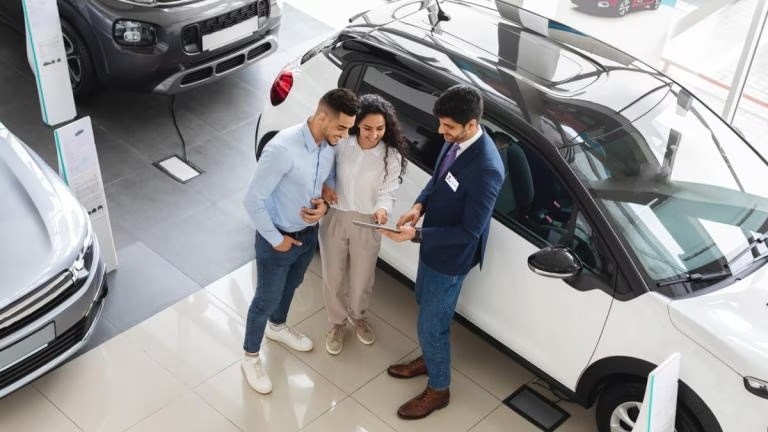
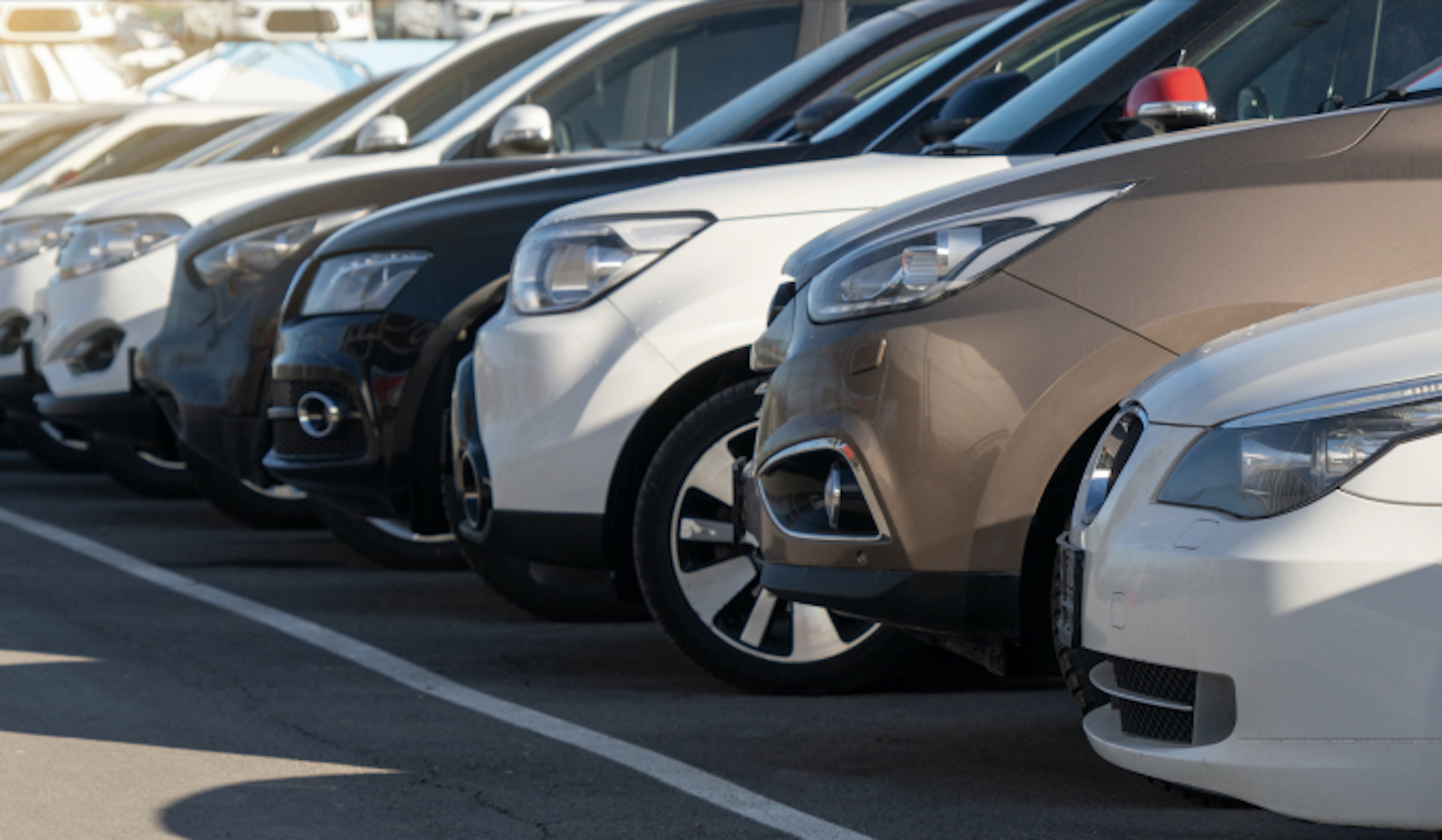
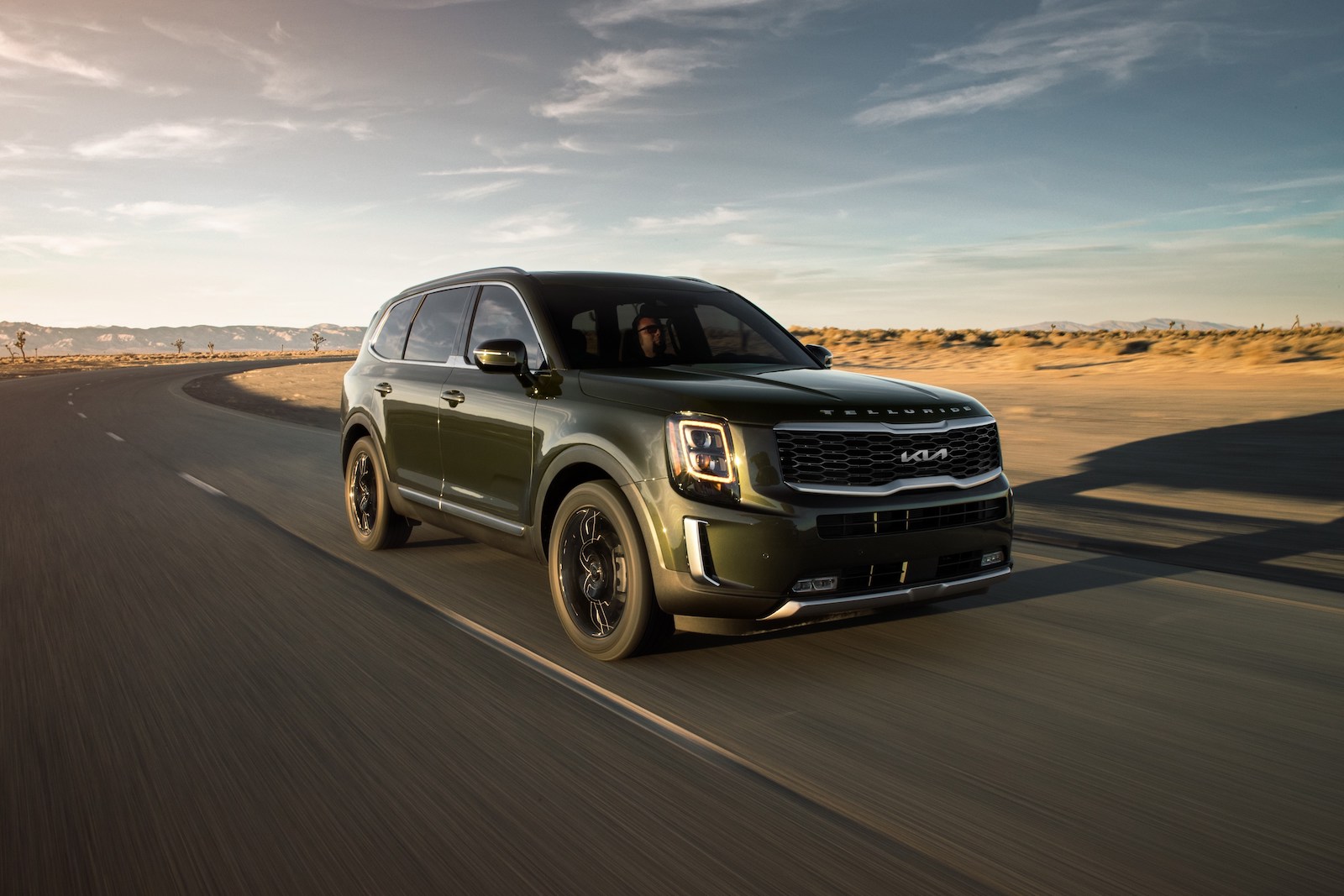

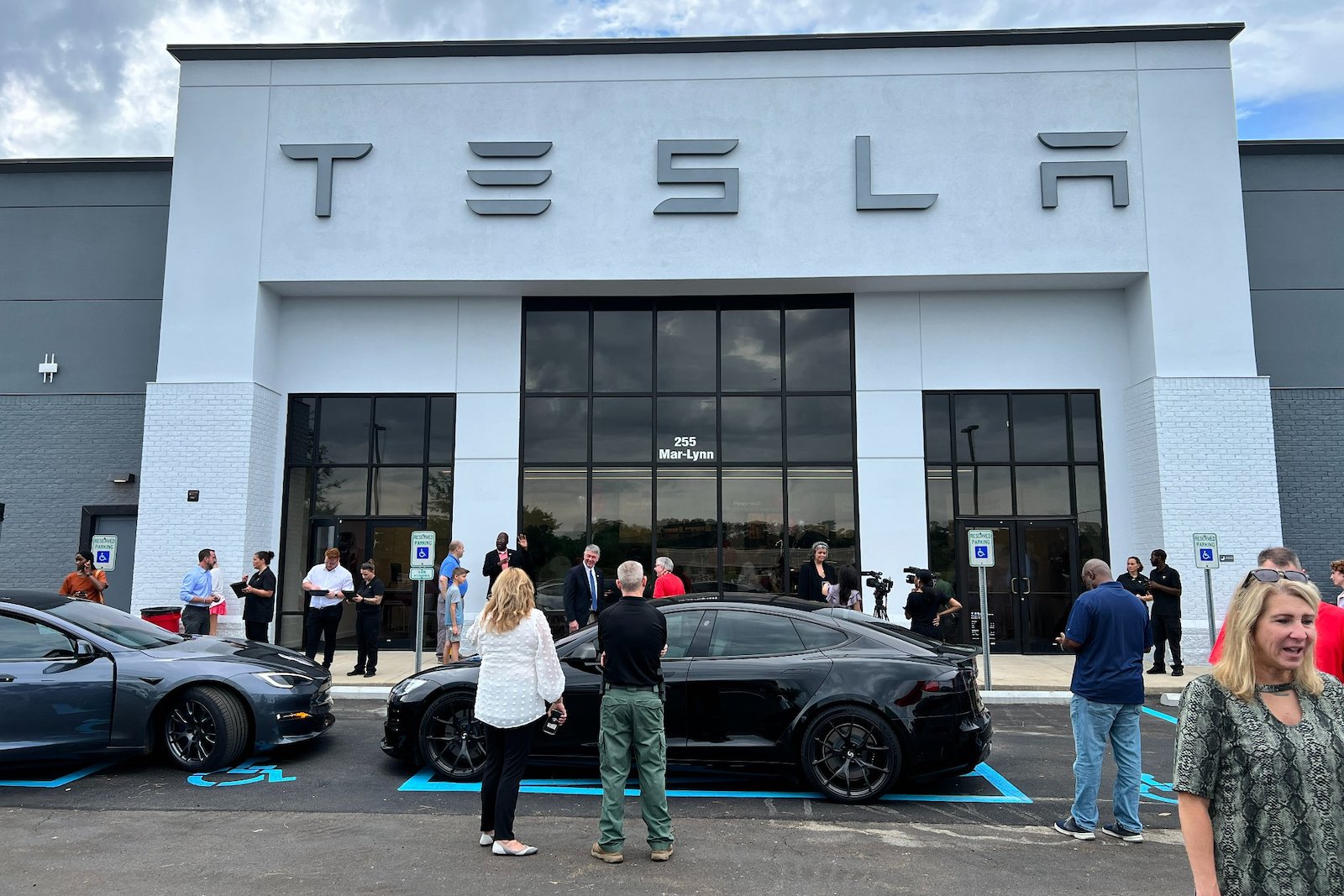
0 Comments